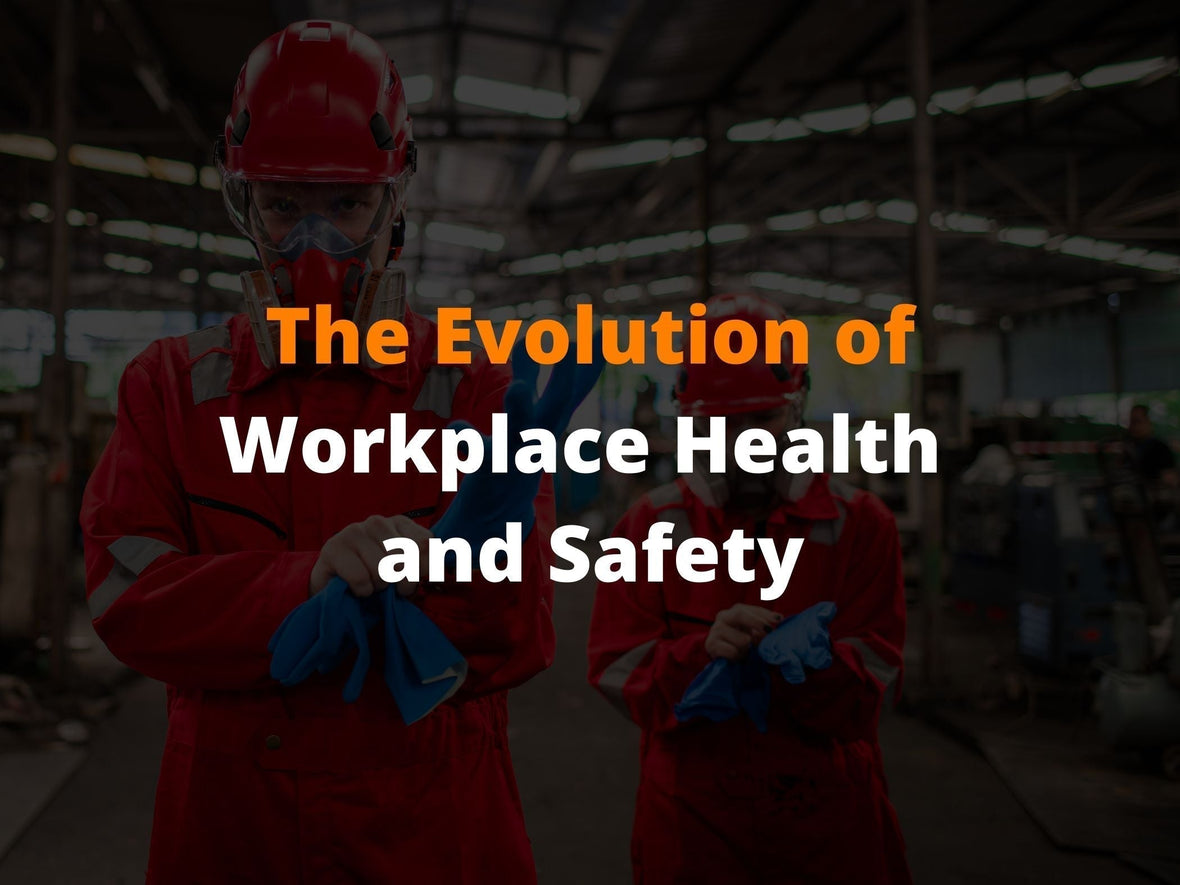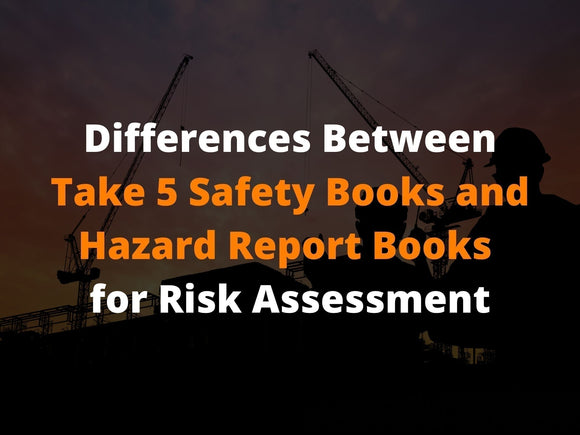
The Evolution of Workplace Health and Safety
There’s no doubt that workplace health and safety still has a long way to go, especially while accidents and even fatalities are common occurrences in workplaces around the world. But sometimes, it’s also important to look back and see the enormous advances that have been made so far.
If we go back 200 years, workplace health and safety looked very different. In fact, it was almost non-existent. Things were so bad for workers in every country that many employers even believed that it was cheaper to replace workers rather than implement safety measures.
In this article, we’re going to delve into the evolution of workplace safety and why creating a great workplace health and safety culture is essential.
Workplace Safety and The Industrial Revolution
Before 1760, when the Industrial Revolution began in Britain, it was common for people to work ploughing fields or at home. With the increase in the use of machinery and factories, hundreds of thousands of people fled to the cities, looking for work in one of the new mills, mines or railroads.
The increase in production plus the enormous supply of workers led to terrible conditions in the workplace. Even children as young as five were put to work, cleaning machinery and tight corners that adults couldn’t get to. A lack of control plus heavy machinery led to countless serious accidents and fatalities.
But it wasn’t just the machinery that caused health and safety problems. Illness was a real issue too, especially for those working around dangerous substances. People employed in pottery factories were regularly exposed to poisonous clay dust and women and girls working in match factories often developed phossy jaw from phosphorus fumes.
Unlike safety practices in the mining industry today, miners died daily from collapsed shafts, unsafe conditions and poisonous dust. Things were so bad that many workers died in their twenties due to a lack of workplace health and safety.

The Beginning of Change in 1802
The first real development in workplace health and safety happened in 1802 as a response to child labour conditions in textile factories. The Factory Act was passed, ensuring that factories had sufficient windows and sleeping areas as well as that working hours were limited and workers had appropriate clothing. This act only really impacted a small group of workers but it was the catalyst for improved workplace safety around the world.
In 1833, Britain introduced inspections of factories, mills and mines. Inspectors would go around talking to workers and ensuring new laws were being put into effect and that conditions were constantly improving. These inspectors were able to influence further legislation, which helped improve daily working conditions for employees.
Because, at the time, Australia was a colony of Britain, the same rules applied to factories and workplaces there. However, employers were largely free to ignore these rules with very little punishment from authorities.
The Evolution of Workplace Safety in Australia
It was the Australian unions that really made an impact on workplace health and safety in the country. They started to push for better safety standards and conditions at work which led to the first Health and Safety Act being introduced in 1854 in New South Wales. Sailors followed suit, forming their own unions which prevented them from boarding unseaworthy ships and Victoria introduced statutory workplace protections in the Factory Act of 1873.
At the time of Federation, Australia was still following British rules which aimed to minimise physical injury in the workplace. The importance of reporting hazards became widespread, but there was still a vital lack of education and support for workers. The Australian Constitution didn’t grant the Commonwealth Government direct power in the area of workplace health and safety, meaning it was largely left up to state governments.
It wasn’t until the 1970s and 80s that big changes in workplace health and safety happened. Specific industry-led unions campaigned for better conditions, including the removal of asbestos from factories and ships and better education. The agreements that happened during this time were particularly crucial as they began to involve workers in their own workplace health and safety.
They were finally encouraged to note down hazards and report accidents, in what could be considered an early Take 5 safety book. In 1995, Safe Work Australia was formed, which developed nationwide workplace health and safety standards as well as leadership training.

Modern-Day Health and Safety in The Workplace
Things have continued to improve and, no doubt, will advance into the future too. One of the biggest changes in recent years was in 2011, when Australia developed the Harmonised Work Health and Safety laws with the Model Work Health and Safety Act which all states and territories implemented. It helped to create a more cohesive approach to workplace health and safety, which set the tone for later years.
In more recent years, especially after the COVID pandemic, countries including Australia have incorporated mental health into workplace health and safety regulations and frameworks, which is a big step for several industries.
How to Continue Encouraging Workplace Health and Safety
At UniPrint, our printed safety solutions are an easy and quick way for workers to identify hazards, report them and for management to assess and create better infrastructures to prevent them from occurring in the future. We also provide customisable printed solutions, as the next step in workplace health and safety. Companies can incorporate their logos, colours, contact details, bespoke procedures and meeting points to make workplace health and safety a priority for all and more accessible.
If you’d like to know more about the latest developments in workplace health and safety and how your company and employees can benefit, get in touch with the team at UniPrint. We’ll be happy to take you through your options and help to create a safer working environment for all.



